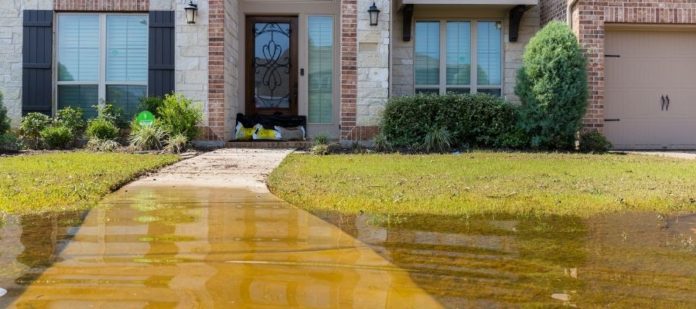Ohio is famous for several things. We’ve got the Rock ‘n Roll Hall of Fame, we’re the birthplace of aviation, and we’re home to the first professional baseball team. And, unfortunately, we also saw one of the worst natural disasters in US history—the great 1913 flood.
If there’s one thing we’ve learned here in Ohio, it’s how to deal with both flooding and its aftermath. As we proceed into the heart of flood season, stay prepared and know what to do after a flood.
Safety First
What most people don’t realize about flooding is that you don’t just face danger from drowning. As you return home, make yourself aware of potential hazards, such as:
- Contaminated drink and wash water
- Electrocution from power being left on
- Skin infections from tainted water
- Sharp or broken debris washed in from floodwaters
- Mold and mildew
If you’re not sure whether your home is safe, call an expert. You can also ask local authorities whether it’s safe to return home and contact emergency services or electricians if you’re nervous about electrocution and other health hazards.
Dry Out the Home
Standing Water
Standing water is a breeding ground for disease, mold, and nasty insects, so your first job is to get rid of it. If you’re DIYing water removal, start by taking pictures to document the water damage. Then, use a combination of wet-dry vacuums and buckets to remove the water. When water levels decrease, you can use a floor squeegee and mop to push the rest out.
Pro Tip
The floor isn’t the only place standing water may lurk. Open up drawers, cabinets, and cupboards to remove any hidden puddles.
Wet Belongings
You’ll also need to take care of the water all your property absorbed. Remove anything touched by water, like furniture and clothes, and put it outside to dry. However, since mold can develop in as little as 48 hours, you may need to throw them away if they stay wet for too long. Additionally, you’ll want to remove wet carpet and drywall and start fresh.
Cleaning Up
Once the water is out, it’s time to give everything a good scrub. As we mentioned, floodwater may be contaminated, and you don’t want any of the germs left over. Take the time to scrub down all surfaces with warm water and soap. Just makes sure you’ve double-checked with your local authorities that the sink water is safe, or you’ll just spread around more germs.
Pro Tip: Check for Mold
Part of your cleanup process should include looking for mold. Mold loves moisture, so your whole home can become a breeding ground for it. When you find mold, take steps to remove or remediate it immediately. Don’t try to ignore or paint over it.
Floods can be devastating, and it can be difficult to know what to do after a flood hits. But just as Dayton, Ohio managed to bounce back after 1913, you can, too.




